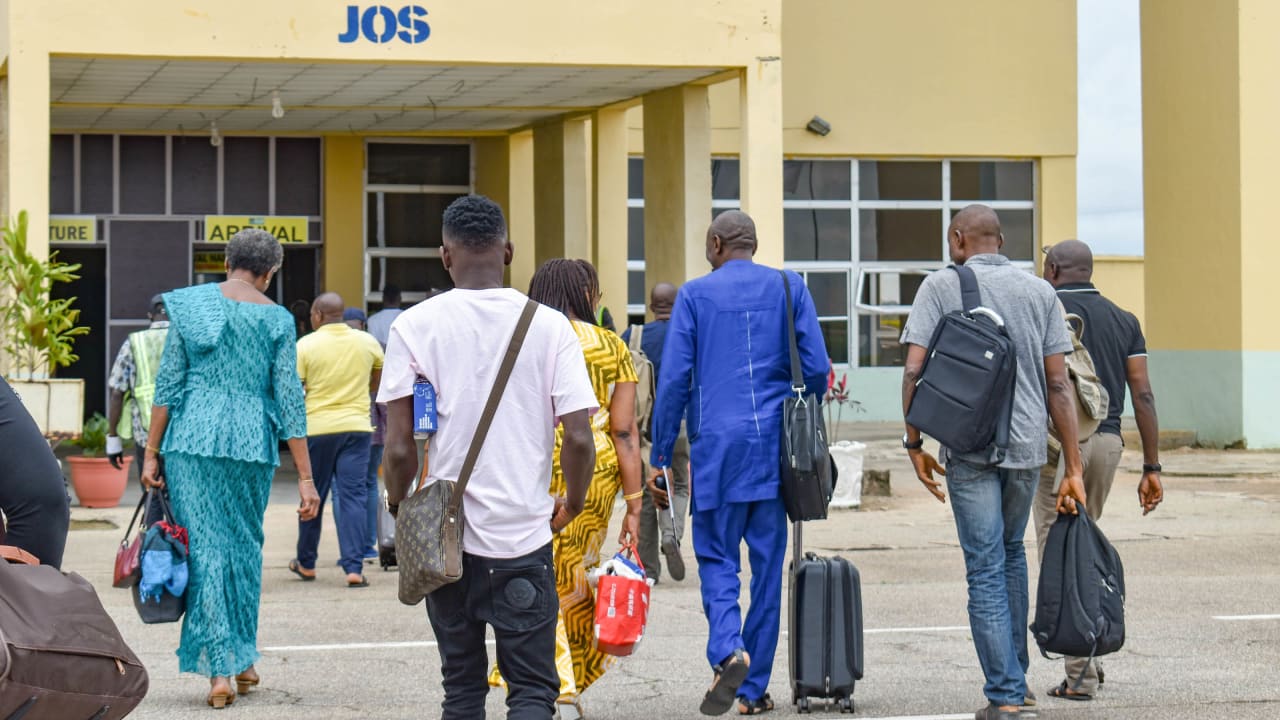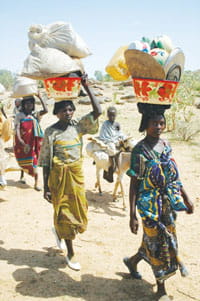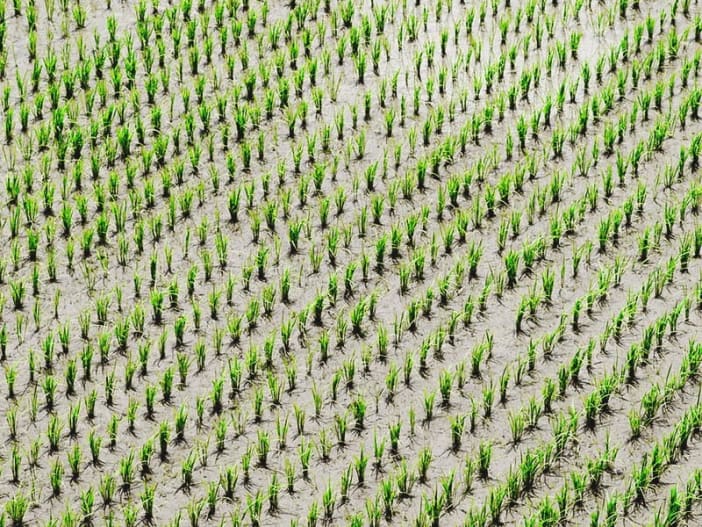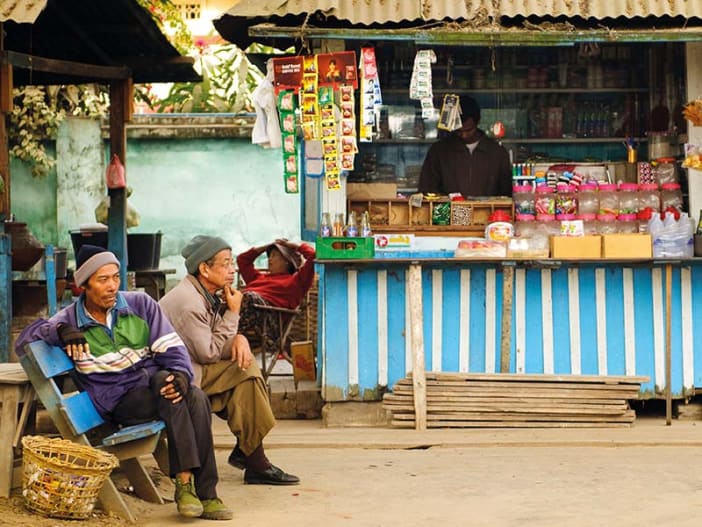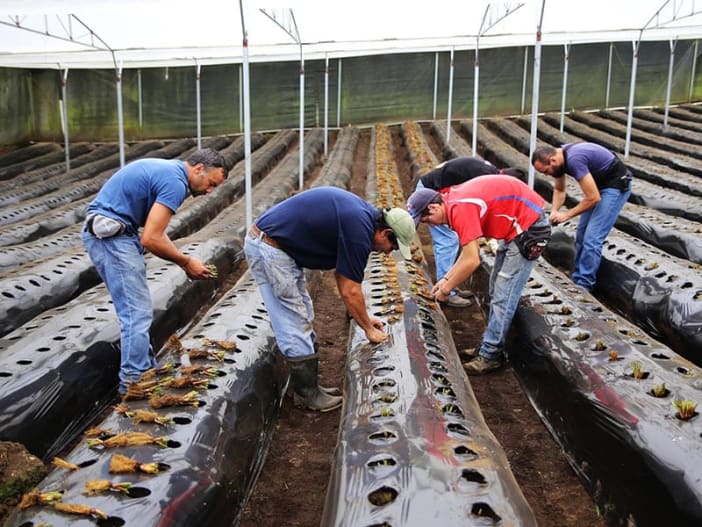MIGRATION is the movement of people from one place to another. Migration can be international (movement between different countries) or internal (movement within a country, often from rural to urban areas). In this article we consider the impacts of migration on the individual, the place left behind by the migrant and the place hosting the migrant. We also consider the push and pull factors of migration.
More people are migrating today than at any other point in human history. Migrants travel in many different ways and for many different reasons. People move in order to improve their standard of living, to give their children better opportunities, or to escape from poverty, conflict and famine. Today, with modern transportation and communications, more people are motivated and able to move.
PUSH FACTORS These are factors which push people to migrate, such as drought, famine, lack of jobs, over-population, civil war, persecution.
PULL FACTORS These are factors which pull people towards a certain place, such as job opportunities, better education, freedom, family links.
Why do people migrate?
People migrate for many different reasons. These reasons can be economic, social, political or environmental.
- ECONOMIC MIGRATION This involves moving to find work or follow a particular career path.
- SOCIAL MIGRATION This involves moving some where for a better quality of life or to be closer to family or friends.
- POLITICAL MIGRATION This involves moving to escape political, religious or ethnic persecution, or conflict.
- ENVIRONMENTAL MIGRATION Causes of this type of migration include natural disasters such as flooding or drought.
The impact on the place left behind by the migrant
ADVANTAGES
- Migration relieves population pressure and reduces unemployment, which reduces stress on the local or national economy. It also reduces the demand on natural resources.
- Families left behind will benefit from the money that migrants send. Most families will spend the money on food, other household essentials and education. International migrants send home billions of dollars in remittances each year. For some countries, this money has a huge benefit for the national economy.
DISADVANTAGES
- They lose some of the people who have had the most invested in them, such as nurses and accountants. This is sometimes known as the ‘brain-drain‘.
- The majority of migrants are young men, many of whom are married. Their wives remain at home, but carry a much heavier burden than before as they maintain the household alone.
- Where migration is common, human trafficking can increase as traffickers see a financial opportunity. Parents who are poor may be encouraged to sell their children in exchange for a small payment.
- A significant proportion of migrants attempt to return home after several years. Returning migrants are often wealthier than the people around them and they often behave differently, which can cause friction within communities.
- There can be an increase in HIV infection as migrants bring HIV home with them.
The impact on the individual
ADVANTAGES
- Migrants may be able to earn more money if they migrate.
- If the individual is escaping conflict or persecution, they might migrate to another country for safety, although the asylum process can be long and complicated.
- Migrants can be reunited with family members who have already moved.
- Migrants may have access to better health care and other welfare services in the place to which they migrate.
- They may have access to a better education for their children.
DISADVANTAGES
- The work that is available may be temporary, unpredictable, dangerous or illegal.
- Despite earning more money, the migrant will often earn little compared to the standard of living in the new place. They may not achieve the high standard of living that is often described in the media.
- Migration means leaving behind support networks of friends and family, and a culture that they are used to, and moving to a new, different and sometimes hostile place.
- Migrants face stigma if the community to which they move does not understand them or mistrusts them.
- Children, who are either left behind or sent away by parents, are more vulnerable to abuse.
- International migrants may not have legal status and, therefore, do not have access to support such as health care or social services.
The impact on the place hosting the migrant
ADVANTAGES
- Migrants frequently go to places that do not have enough local people with the skills to do the jobs that are available. The gaps that migrants fill are focused in either highly skilled jobs, such as doctors, or manual jobs, such as construction workers. This helps to support the economy.
- Migrants are often more willing to fill job vacancies that local people are unwilling to fill. These include roles such as fruit-picking, child care and cleaning services.
- The integration of migrants into the culture of the area or country hosting them can lead to cultural diversity in areas such as food and music.
DISADVANTAGES
- Migrants often experience racial abuse and discrimination which divides communities and can increase crime.
- Migrants often live in neighbour hoods where there are others from the same area. A large migrant community may put extra pressure on local services (such as schools and health services).
- Countries that receive migrants often have to respond to the sudden arrival of a large number of illegal immigrants, many of whom have risked their lives by travelling in lorries and boats.
- Migrants can bring illnesses such as tuberculosis and HIV with them.


